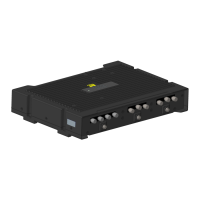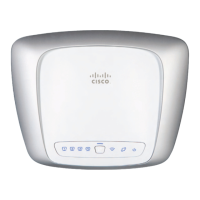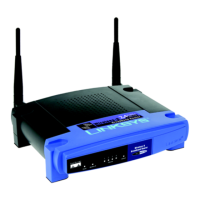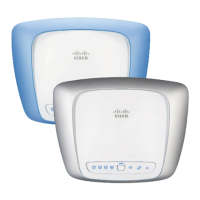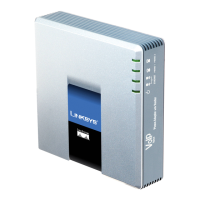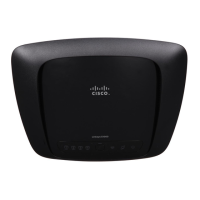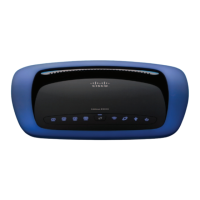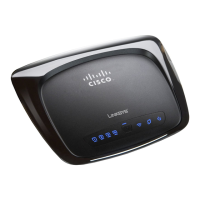28-8
Catalyst 3750 Switch Software Configuration Guide
OL-8550-02
Chapter 28 Configuring SPAN and RSPAN
Understanding SPAN and RSPAN
Destination Port
Each local SPAN session or RSPAN destination session must have a destination port (also called a
monitoring port) that receives a copy of traffic from the source ports or VLANs and sends the SPAN
packets to the user, usually a network analyzer.
A destination port has these characteristics:
• For a local SPAN session, the destination port must reside on the same switch stack as the source
port. For an RSPAN session, it is located on the switch containing the RSPAN destination session.
There is no destination port on a switch or switch stack running only an RSPAN source session.
• When a port is configured as a SPAN destination port, the configuration overwrites the original port
configuration. When the SPAN destination configuration is removed, the port reverts to its previous
configuration. If a configuration change is made to the port while it is acting as a SPAN destination
port, the change does not take effect until the SPAN destination configuration had been removed.
• If the port was in an EtherChannel group, it is removed from the group while it is a destination port.
If it was a routed port, it is no longer a routed port.
• It can be any Ethernet physical port.
• It cannot be a secure port.
• It cannot be a source port.
• It cannot be an EtherChannel group or a VLAN.
• It can participate in only one SPAN session at a time (a destination port in one SPAN session cannot
be a destination port for a second SPAN session).
• When it is active, incoming traffic is disabled. The port does not transmit any traffic except that
required for the SPAN session. Incoming traffic is never learned or forwarded on a destination port.
• If ingress traffic forwarding is enabled for a network security device, the destination port forwards
traffic at Layer 2.
• It does not participate in any of the Layer 2 protocols (STP, VTP, CDP, DTP, PagP).
• A destination port that belongs to a source VLAN of any SPAN session is excluded from the source
list and is not monitored.
• The maximum number of destination ports in a switch stack is 64.
Local SPAN and RSPAN destination ports behave differently regarding VLAN tagging and
encapsulation:
• For local SPAN, if the encapsulation replicate keywords are specified for the destination port, these
packets appear with the original encapsulation (untagged, ISL, or IEEE 802.1Q). If these keywords
are not specified, packets appear in the untagged format. Therefore, the output of a local SPAN
session with encapsulation replicate enabled can contain a mixture of untagged, ISL, or IEEE
802.1Q-tagged packets.
• For RSPAN, the original VLAN ID is lost because it is overwritten by the RSPAN VLAN
identification. Therefore, all packets appear on the destination port as untagged.
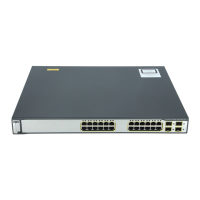
